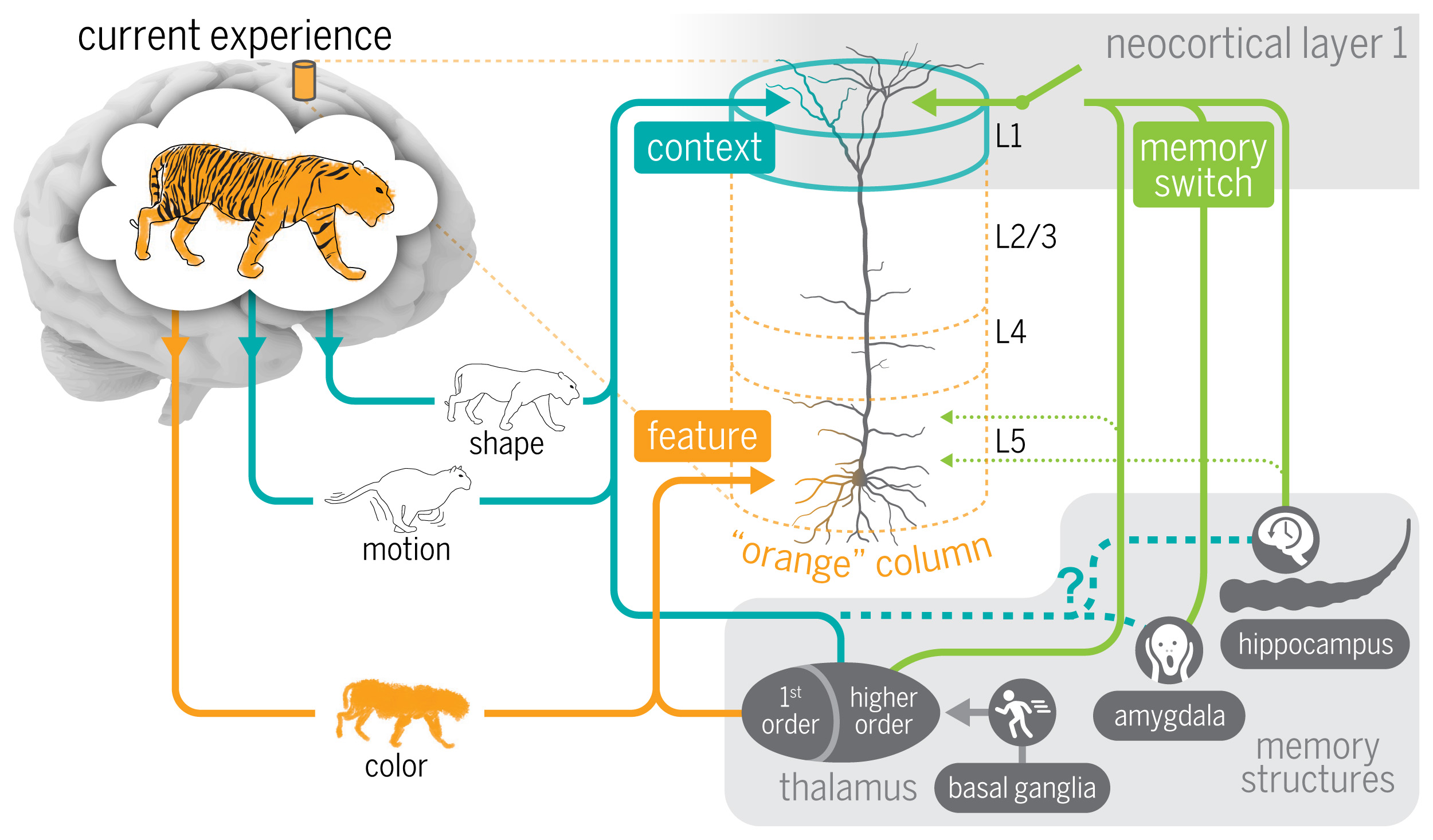
Website currently under construction!

Our laboratory investigates the role of neocortical layer 1 (L1) in learning and memory, focusing on how subcortical structures such as the hippocampus, amygdala, and thalamus influence cortical plasticity. Traditionally, memories are thought to be stored in the synaptic connections between neurons, yet the specific mechanisms underlying semantic memory formation remain unclear. Recent evidence suggests that L1 plays a central role in long-term plasticity and the integration of contextual information.
L1 is a cell-sparse layer composed primarily of the apical dendrites of pyramidal neurons, yet it receives extensive input from subcortical and higher-order cortical areas. These inputs are thought to convey contextual information that modulates perception and learning. The unique position of L1 suggests that it serves as a crucial site for associative learning, linking new experiences to existing knowledge.
Two complementary hypotheses describe how memory-related inputs to L1 influence learning: (1) the memory content hypothesis, which proposes that these inputs provide the actual memory content, and (2) the memory switch hypothesis, which suggests that subcortical inputs regulate plasticity in L1, gating the association between features and context. Both scenarios align with the idea that pyramidal neurons integrate feed-forward sensory input with feedback contextual information, forming the basis of associative memory.
Our research aims to uncover the mechanistic role of L1 in memory formation and its implications for cognition. Understanding how L1 contributes to memory stabilization and retrieval could provide new insights into learning disorders and inspire more biologically realistic artificial intelligence models.